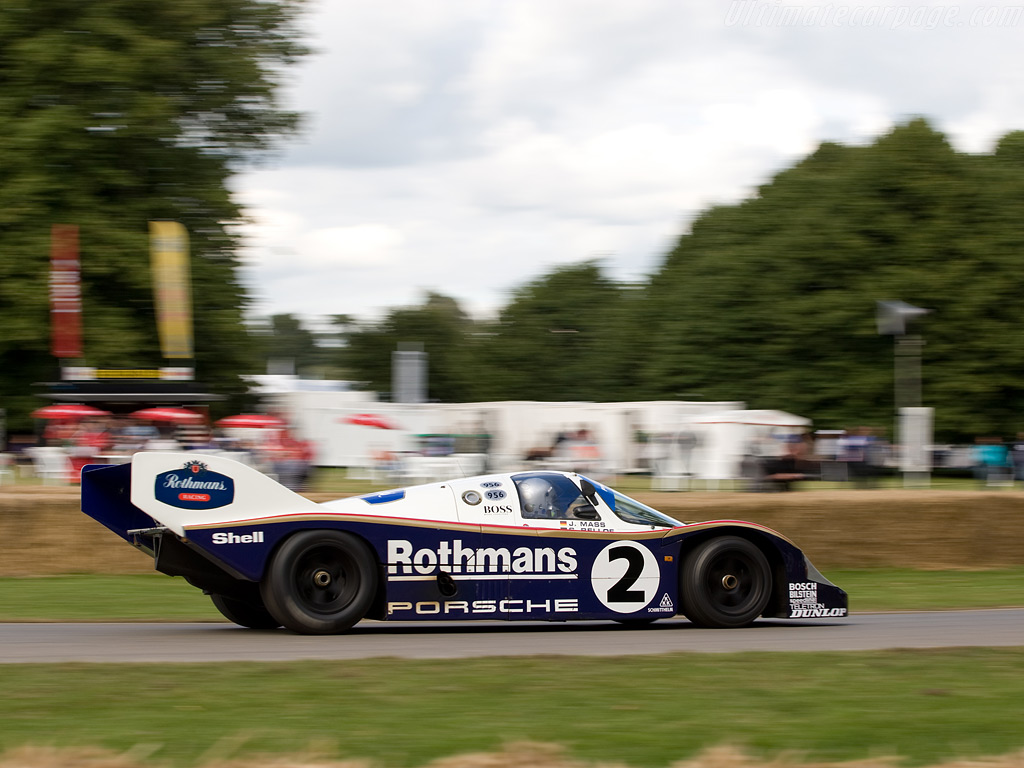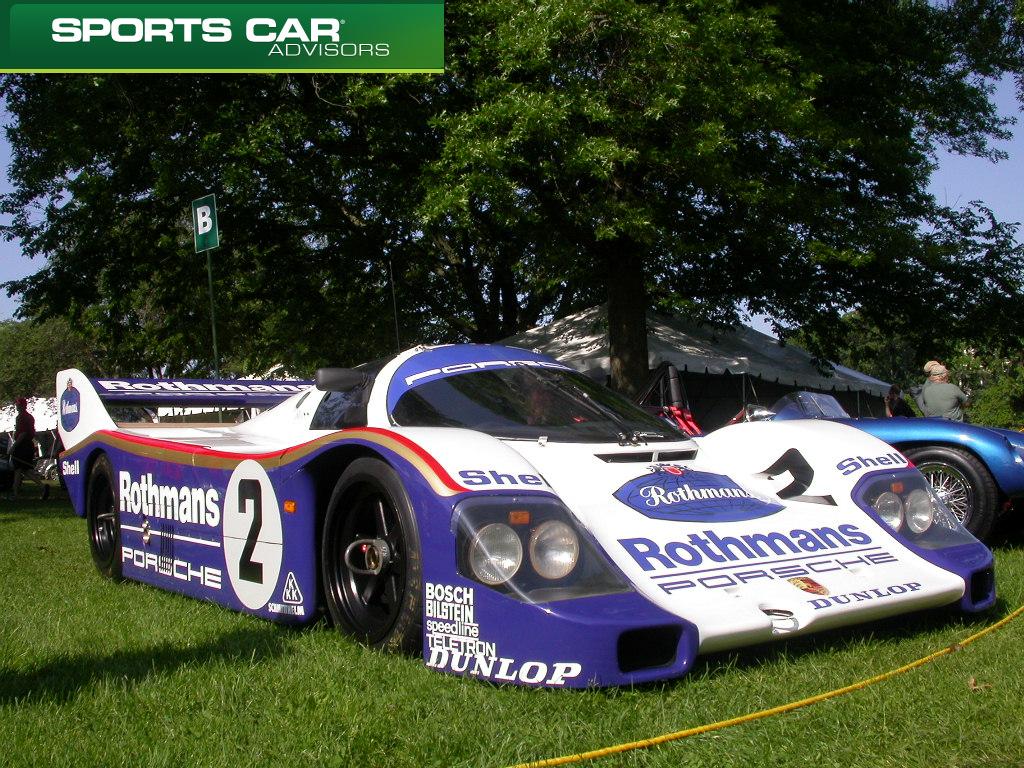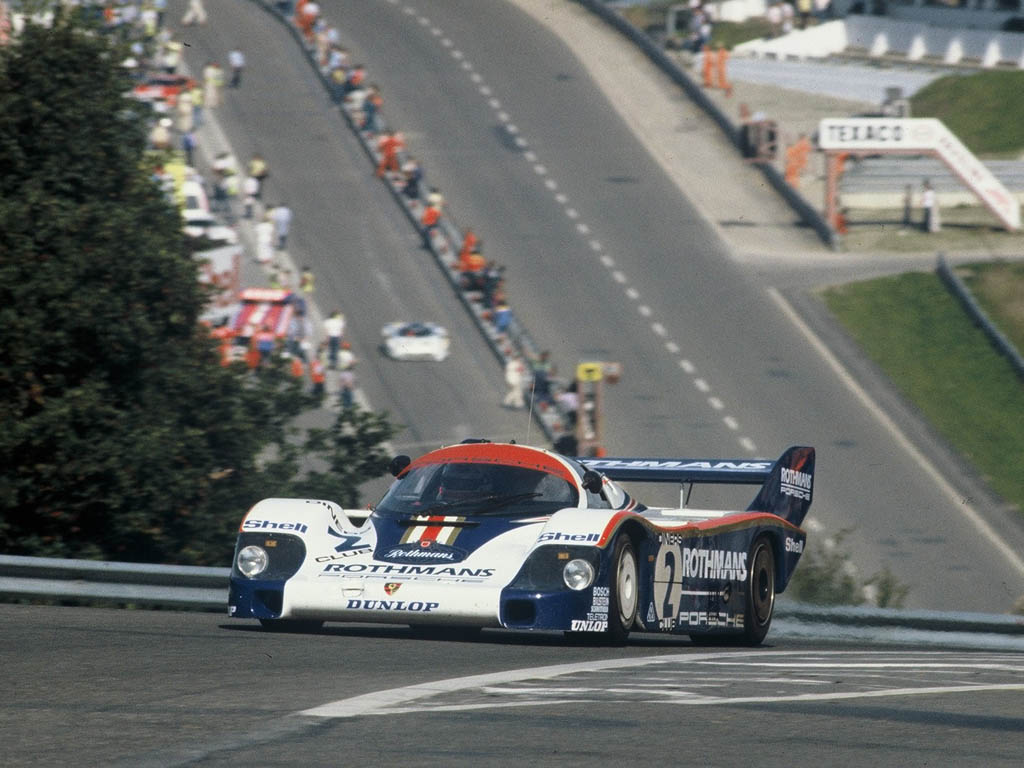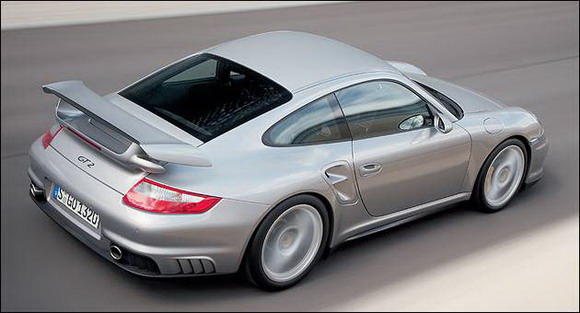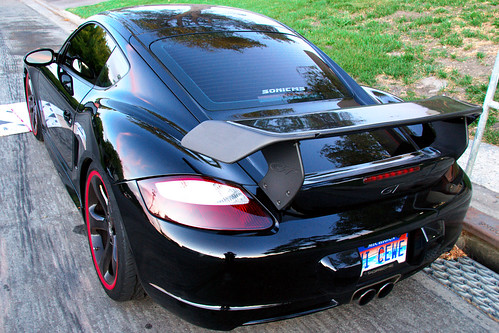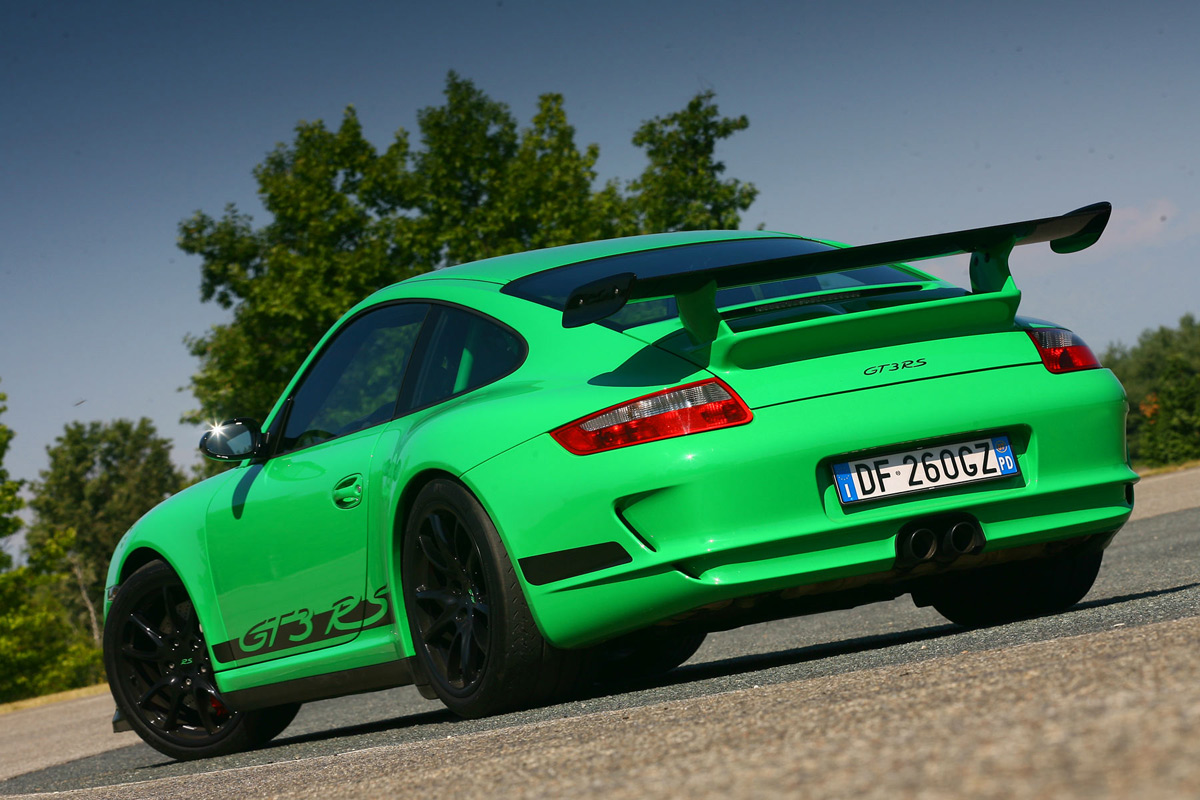Predecessor Bentley Continental R
Bentley Continental T
Class Luxury Grand tourer
Body style(s) 2-door 2+2 coupé
2-door 2+2 convertible
Layout Longitudinal front-engine,
Torsen permanent four-wheel drive
Engine(s) 6.0 L W12 twin-turbo
Transmission(s) 6-speed ZF 6HP26A tiptronic automatic
Wheelbase 2,746 mm (108.1 in)
Length 4,808 mm (189.3 in): 2003-05
4,804 mm (189.1 in):[1] 2006-present
Width 1,918 mm (75.5 in): 2003-05 & GTC
1,946 mm (76.6 in): Supersports
Height 1,390 mm (54.7 in)
1,380 mm (54.3 in): Speed
1,398 mm (55.0 in):[2] GTC
Kerb weight 2,350 kg (5,181 lb)
2,485 kg (5,478 lb):[2] GTC
Fuel capacity 90 L (19.8 imp gal; 23.8 US gal)
Related Audi A8
Bentley Continental GT

Bentley Continental GT

Bentley Continental GT

Bentley Continental GT

Bentley Continental GT

Bentley Continental GT

Bentley Continental GT
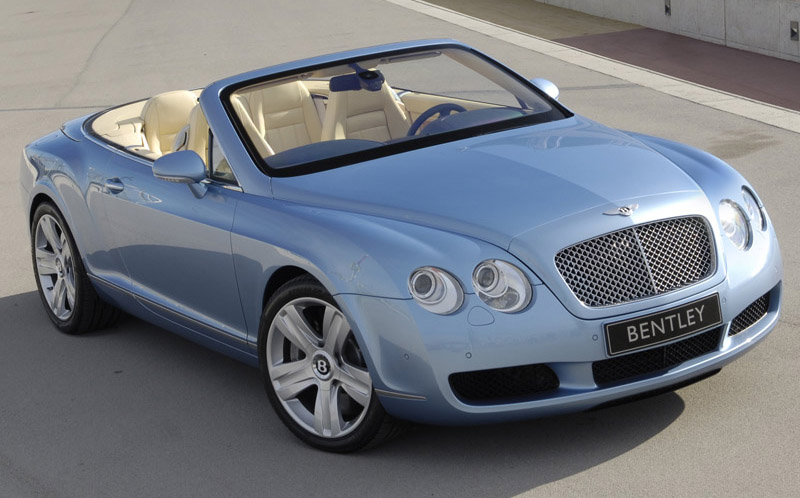
Bentley Continental GT

Bentley Continental GT

Bentley Continental GT

Bentley Continental GT

Bentley Continental GT

Bentley Continental GT

The first Bentley capable of running on both petrol (gasoline) and biofuel (E85 ethanol). The car's 6.0 litre W12 engine was rated 463 kilowatts (630 PS; 621 bhp) at 6,000 rpm and 800 newton metres (590 ft·lbf) at 1,700-5,600 rpm - using either fuel. The car has 0 to 100 kilometres per hour (0.0 to 62.1 mph) acceleration of 3.9 seconds, 0 to 160 kilometres per hour (0.0 to 99.4 mph) acceleration of 8.9 seconds, top speed of 329 kilometres per hour (204.4 mph), making it the fastest and the most powerful production Bentley ever. The Supersports is already known as the best handling Bentley. It delivers 1.29 g forces on a 300 foot skid pad, as compared to its sibling the Continental GT speed which can perform up to .98 g forces on a 300 foot skidpad.


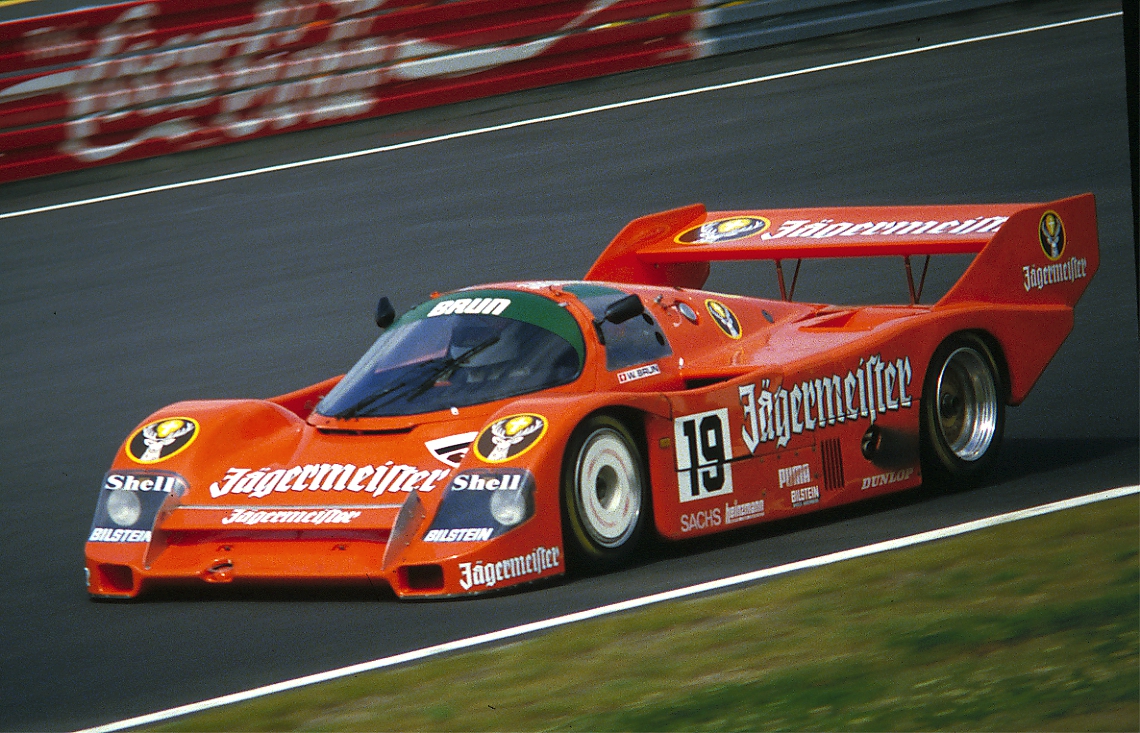



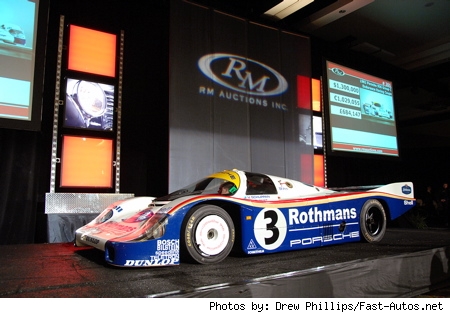
.jpg)


